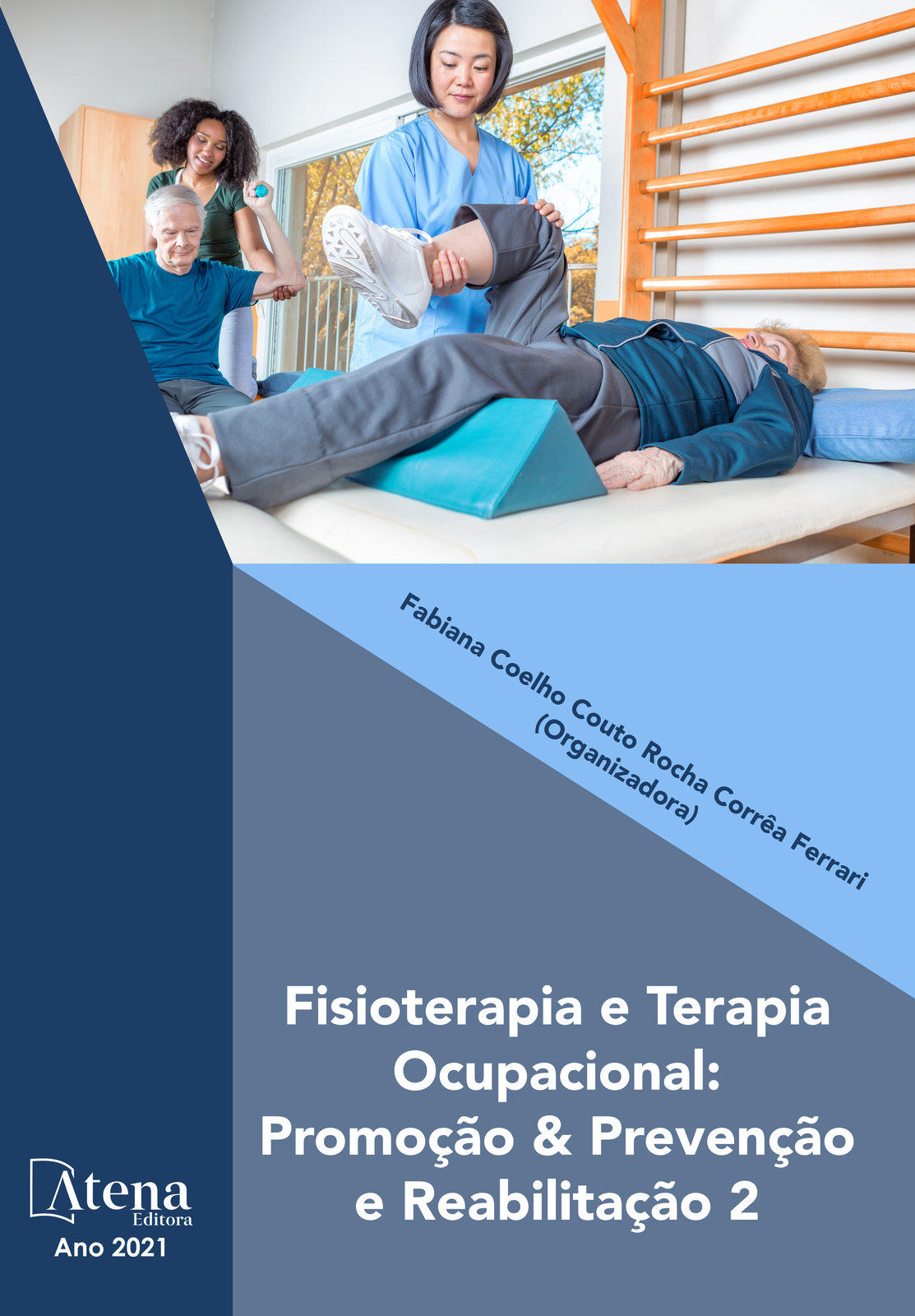
ANÁLISE DO EQUILÍBRIO ESTÁTICO E SUA RELAÇÃO COM O RISCO DE QUEDAS EM IDOSOS QUE APRESENTAM PATOLOGIAS REUMÁTICAS EM CLÍNICA DE FISIOTERAPIA
Consequências de quedas em idosos podem ser desde complicações mais simples, como escoriações até danos mais complexos, como fraturas e síndrome do medo de cair. A identificação de indivíduos predispostos a cair por meio de uma avaliação adequada é fundamental, cuja finalidade torna-se a diagnosticar elementos associados aos riscos de quedas na população idosa. Neste sentido, objetivou-se analisar a influência do equilíbrio estático no risco de quedas em idosos, mediante aplicação dos testes Timed Up and Go (TUG) e Teste de Alcance Funcional (TAF). Os testes foram aplicados em pacientes idosos, com faixa etária de 60 a 80 anos, atendidos em uma clínica escola de fisioterapia de Recife-PE. Observou-se associação significativa (p=0,005) entre a idade dos pacientes e o teste de TAF, onde a maioria dos pacientes apresentaram alta fragilidade no equilíbrio, principalmente aqueles com idade inferior à 70 anos (73,70%), o sexo feminino apresentou maior prevalência de sofrer quedas, apesar de não haver associação significativa (p>0,05) entre os resultados obtidos no TAF e TUG com o sexo dos pacientes, observou-se que, no teste de TAF, as pacientes do sexo feminino apresentaram moderada e alta fragilidade de equilíbrio. Além disso, os sete pacientes do sexo masculino que foram estudados apresentaram alta fragilidade de equilíbrio. Quanto ao teste de TUG, a maioria dos pacientes (n=20) apresentou moderado risco de queda. Os achados deste estudo sinalizam para que outras pesquisas sejam realizadas com a população idosa, fazendo uso de grupo controle ou até mesmo com outras modalidades de instrumentos de pesquisa.
ANÁLISE DO EQUILÍBRIO ESTÁTICO E SUA RELAÇÃO COM O RISCO DE QUEDAS EM IDOSOS QUE APRESENTAM PATOLOGIAS REUMÁTICAS EM CLÍNICA DE FISIOTERAPIA
-
DOI: 10.22533/at.ed.0212105018
-
Palavras-chave: Fratura; Geriatria; Saúde Pública.
-
Keywords: Fracture; Geriatrics; Public Health.
-
Abstract:
Consequences of falls in the seniors can range from simpler complications, such as abrasions to more complex injuries, such as fractures and the fear of falling syndrome. The identification of individuals predisposed to fall through an adequate assessment is essential, whose purpose is to diagnose elements associated with the risk of falls in the elderly population. In this sense, the objective was to analyze the influence of static balance on the risk of falls in the elderly, through the application of the Timed Up and Go (TUG) and Functional Reach (TAF) tests. The tests were applied to seniors patients, aged 60 to 80 years, attended at a physiotherapy school clinic in Recife-PE. There was a significant association (p = 0.005) between the age of the patients and the TAF test, where the majority of patients presented high fragility in balance, especially those under the age of 70 (73.70%), the female gender showed a higher prevalence of suffering falls, although there was no significant association (p> 0.05) between the results obtained in the TAF and TUG with the sex of the patients, it was observed that, in the TAF test, female patients presented moderate and high balance fragility. In addition, the seven male patients who were studied showed high balance fragility. As for the TUG test, most patients (n = 20) had a moderate risk of falling. The findings of this study indicate that further research should be carried out with the senior population, using a control group or even with other types of research instruments.
-
Número de páginas: 13
- Ana Caroline Gomes Guerra
- Marcel José de Souza Crasto
- Sayanne Kalline dos Santos Clemente


